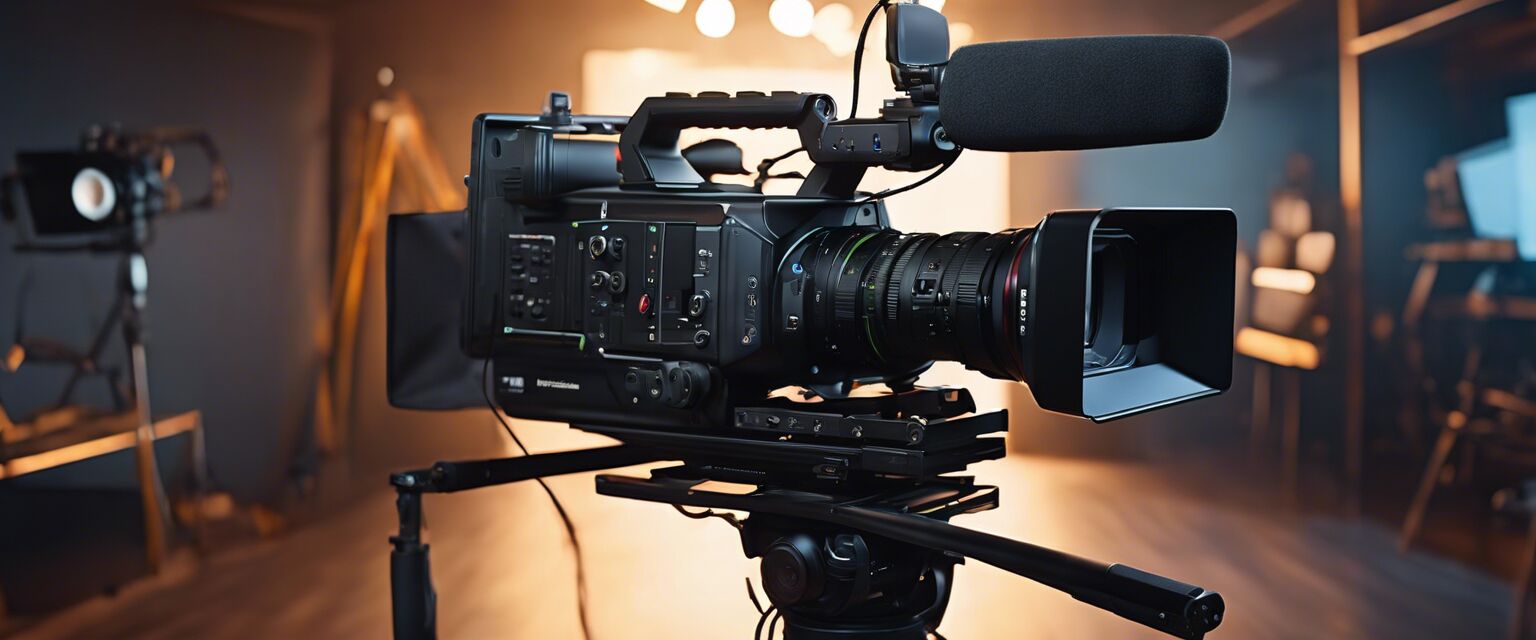
Essential Lenses for Professional Video Production
Key Takeaways
- Understanding lens types is crucial for achieving specific visual effects.
- Different focal lengths cater to various shooting scenarios.
- Quality lenses significantly impact overall video production quality.
- Choosing the right lens can enhance storytelling through visual composition.
- Researching and testing lenses is essential before making a purchase.
In the world of professional video production, lenses play a vital role in shaping the visual narrative. The right lens can elevate your storytelling, create stunning visuals, and enhance the overall quality of your video projects. This guide will delve into the essential lenses every videographer should consider, covering a range of focal lengths and popular manufacturers.
Understanding lens types
Lenses are categorized based on their focal lengths and designs. Here are the primary types:
| Lens Type | Description | Best Use |
|---|---|---|
| Prime Lenses | Fixed focal length lenses that offer superior image quality. | Interviews, narrative films, and low-light situations. |
| Zoom Lenses | Variable focal length lenses providing flexibility in composition. | Documentaries, events, and situations requiring quick adjustments. |
| Wide-Angle Lenses | Short focal length lenses that capture a wider field of view. | Landscape shots, establishing shots, and cramped spaces. |
| Telephoto Lenses | Long focal length lenses that allow for distant subject capture. | Wildlife filming, sports, and portraiture. |
Focal lengths explained
Focal lengths significantly influence the perspective and composition of your shots. Hereâs a breakdown:
- 18-35mm: Ideal for wide-angle shots, perfect for landscapes and group settings.
- 35-70mm: Versatile for both wide shots and close-ups, great for interviews.
- 70-200mm: Excellent for capturing distant subjects, often used in documentaries.
- 200mm and above: Best for wildlife and sports, allowing for detailed close-ups from afar.
Popular lens manufacturers
Several manufacturers are renowned for their quality lenses. Here are a few top contenders:
| Manufacturer | Notable Features | Recommended Lens Types |
|---|---|---|
| Canon | Known for color accuracy and sharpness. | Prime and zoom lenses. |
| Sony | Offers advanced technology and fast autofocus. | Wide-angle and telephoto lenses. |
| Sigma | High-quality glass with excellent performance. | Prime lenses and art series lenses. |
| Zeiss | Exceptional build quality and optical performance. | Prime lenses with cinematic quality. |
Choosing the right lens for your needs
Selecting the right lens depends on several factors:
Tips for beginners
- Identify your shooting style and the types of projects youâll be working on.
- Rent lenses before purchasing to see how they perform in real-world conditions.
- Consider the sensor size of your camera - it affects the effective focal length.
- Research and read reviews on lenses to understand user experiences.
Popular lens features to consider
When evaluating lenses, keep an eye out for these features:
- Image Stabilization: Helps reduce camera shake, especially in handheld shooting.
- Aperture: A wider aperture allows for better low-light performance and depth of field control.
- Autofocus: Fast and accurate autofocus systems can make a significant difference during shooting.
- Weather Sealing: Important for shooting in challenging conditions.
Final thoughts
Choosing the right lens is paramount for achieving professional-quality video production. Understanding your specific needs and experimenting with different types of lenses will empower you to create stunning visuals that resonate with your audience.
Pros
- Enhances the quality of your video production.
- Offers creative flexibility in framing and composition.
- Allows for specialized effects, such as depth of field and distortion.
Cons
- High-quality lenses can be expensive.
- Each lens has a specific use, which may limit versatility.
- Weight and size can be cumbersome for certain shooting styles.
Explore more
For further information on video production, check out the following sections on our site:
Additional resources
To further enhance your skills, consider seeking out tutorials and workshops on professional video production. Engaging with online communities can also provide valuable insights and feedback from fellow videographers.







